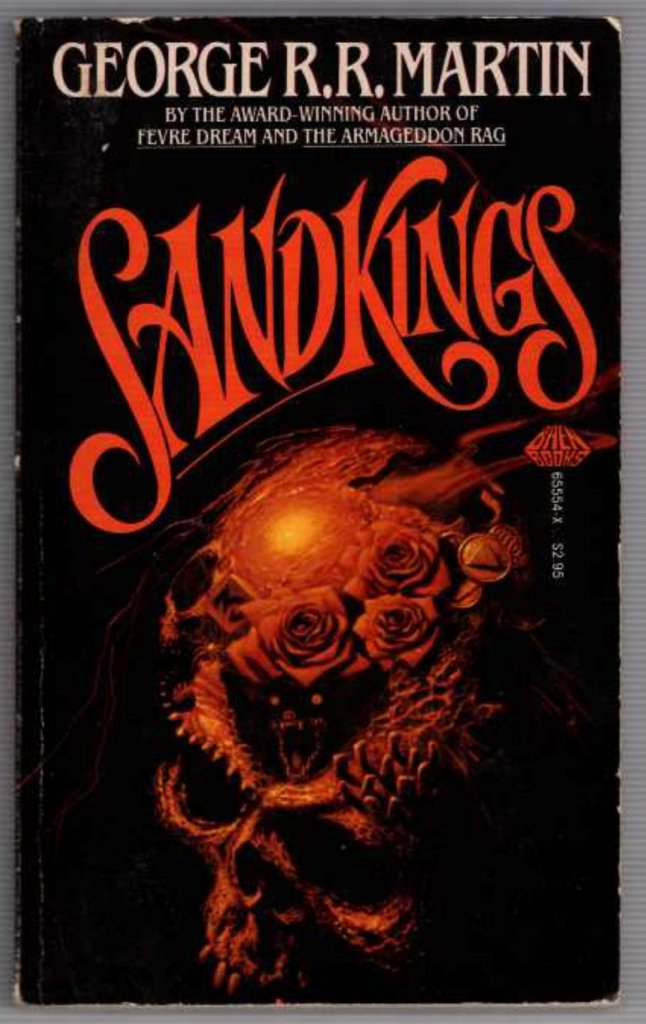Will readers forgive me if I confess that I have neither read George R. R. Martin’s colossally successfully fantasy series A Song of Ice and Fire, nor have I seen the much-celebrated television adaptation Game of Thrones? I’m sure many people would argue that is admission immediately disqualifies me from writing an article on Martin. However, I am here to talk about his earlier work; the work that seems to have been forgotten, or at least overshadowed by, his success with the fictional worlds of Westeros and Essos.
Writing for Time, Lev Grossman declared Martin “the American Tolkien” in his 2005 review of the fourth volume of A Song of Ice and Fire. Of course, such a label is high praise indeed, but nonetheless forces Martin beneath the shadow of another already established literary figure, and in doing so reduces to him to one dimension, when, in fact, he should be celebrated for his diversity, having written in the genres of horror, science-fiction, mystery, children’s fiction, and many others. So, for George R. R. Martin fans out there who may only be familiar with A Song of Ice and Fire, here are three of my personal favorite stories from one of the great masters…
The Way of Cross and Dragon (1979)

Drawing inspiration from his Catholic upbringing, this brilliant Hugo Award-winning story imagines the future of the church, now named the One True Interstellar Catholic Church of Earth and the Thousand Worlds, and followers an interplanetary missionary who is sent to investigate a mysterious new religion dedicated to Judas Iscariot. One of Martin’s most original stories, it is also one of his most profound, examining what happens to religious belief when it moves beyond the confines of Earth and humankind, and the dangers of religious hierarchy.
The Monkey Treatment (1983)
One of Martin’s most divisive stories – some fans love it, others hate it – ‘The Monkey Treatment’ marks Martin’s attempt to confront the boundaries of genre. Frustrated by the implication that his stories were always bound by specific labels, he sought to create a story that was a comedy and a horror story, despite the fact that this was deemed by many publishers to be a contradiction. The result is a bizarre tale about an obese man who seeks out an unusual diet treatment, only to find himself slowly and relentlessly consumed by it…
Sandkings (1979)

Perhaps his most famous short story – it won both Hugo and Nebula Awards, and provided the title for one of his published collections – ‘Sandkings’ is also one of Martin’s darkest. The story follows a bored and sadistic man of wealth, living in a fictional interplanetary future society, who seeks out a new pet to amuse him. He ends up with the titular Sandkings, small insect-like creatures which a shopkeeper ensures him are extremely intelligent and capable of orchestrating battles as well as worshipping their own gods. Not only is the story a gripping tale of obsession, it also offers a truly intelligent examination on the self-destructive nature of narcissism, as well as a subtle meditation on the nature of religion.
-Christian Kriticos

